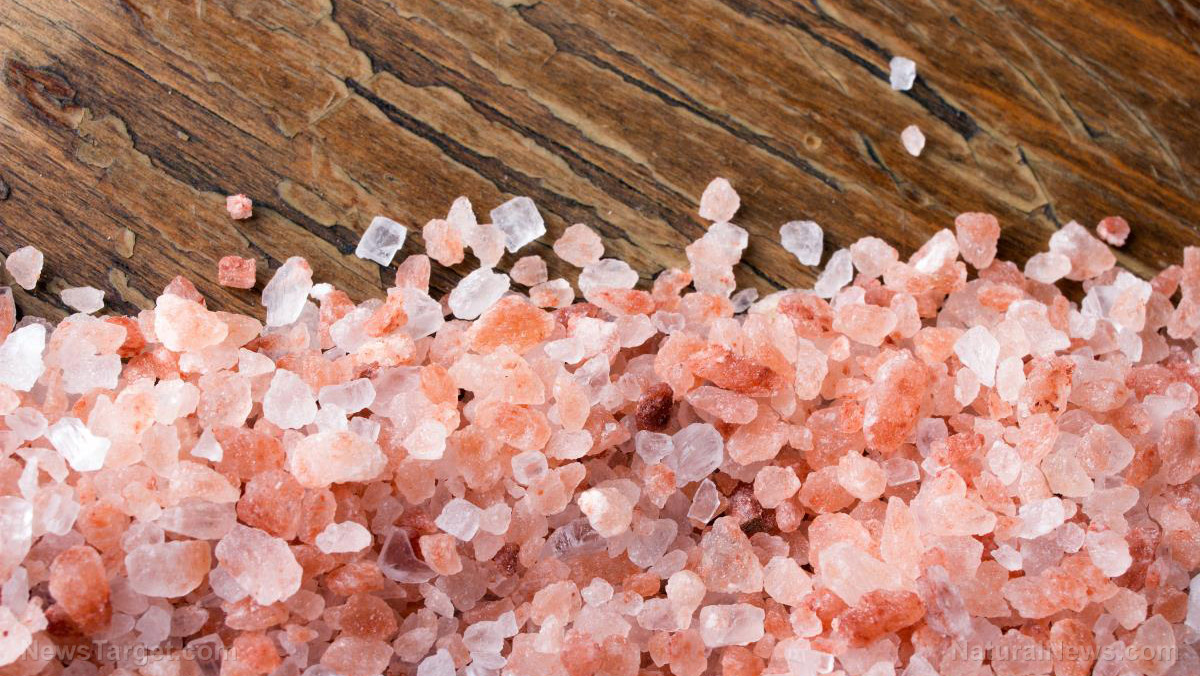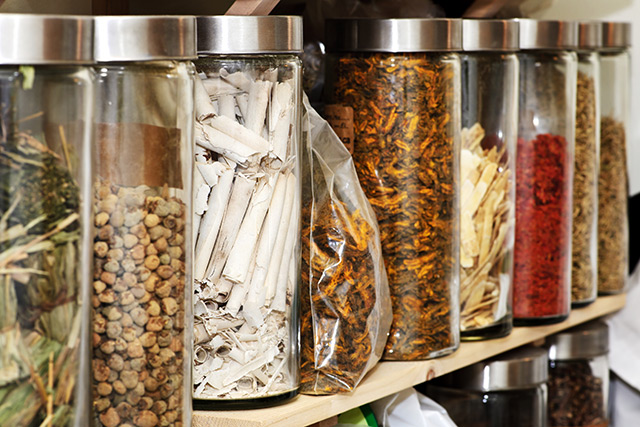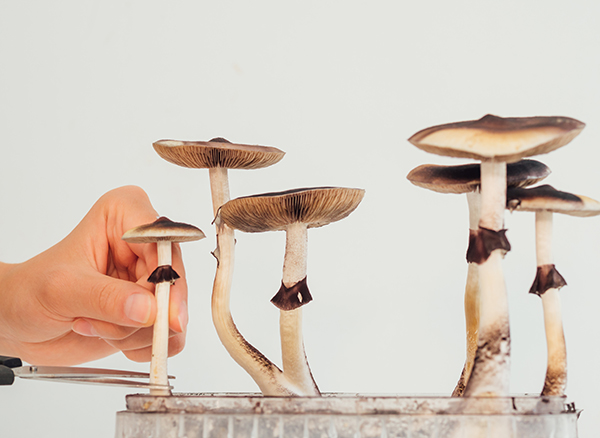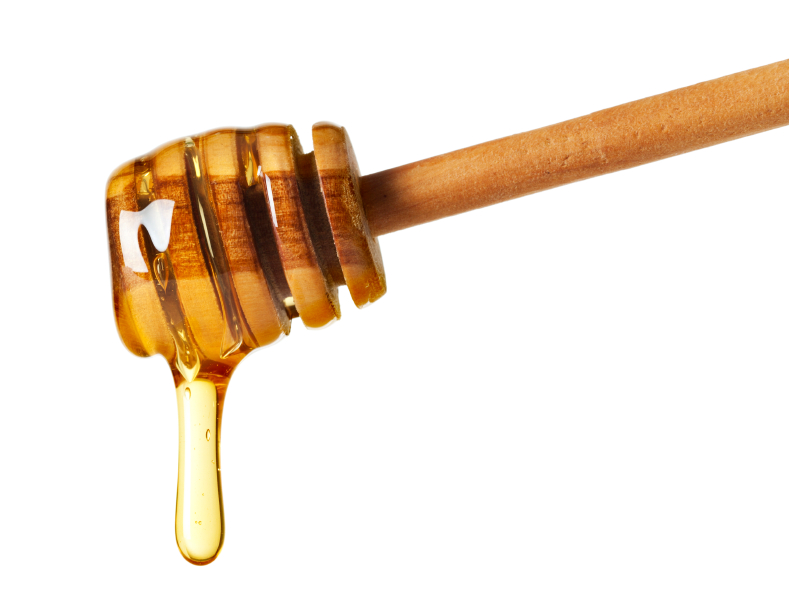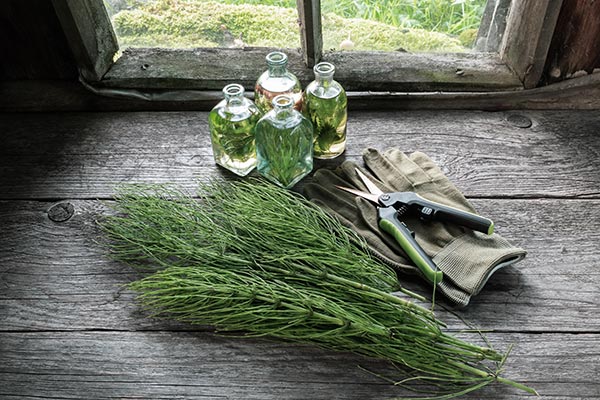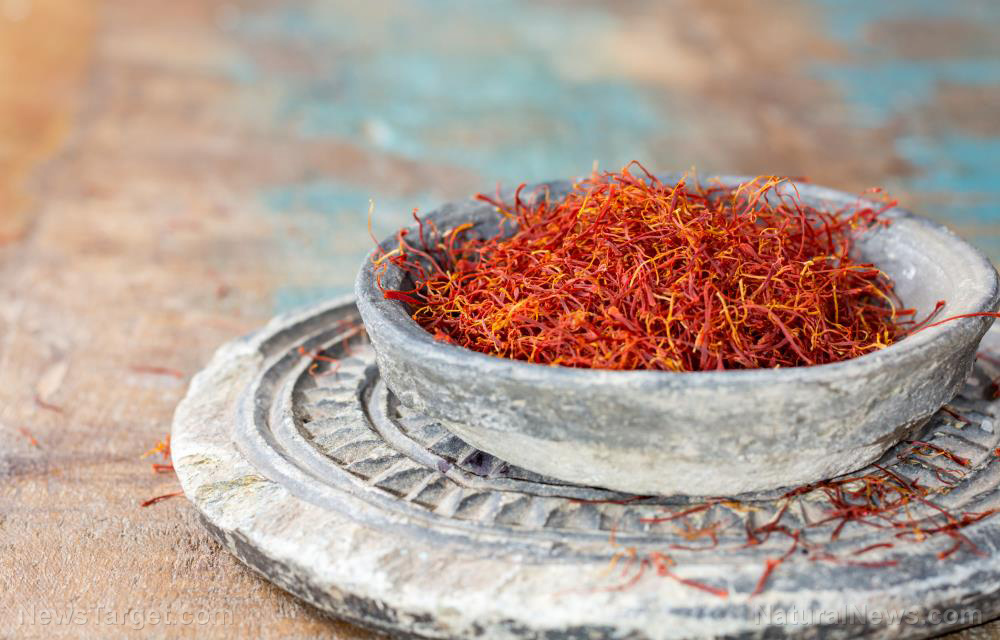Lessons from the past: Home remedies from the Great Depression
03/02/2022 / By Zoey Sky

Americans struggled to find work and provide for their families during the Great Depression. But surprisingly, data suggests that the life expectancy of people increased during that time.
Some say that this was because people spent less money on vices like alcohol. And if people got sick, they used home remedies like chicken noodle soup or mustard packs. (h/t to TheSurvivalMom.com)
During the Great Depression, most families didn’t have access to healthcare. And for those that did, incomes plummeted at the same time medical care and medicines became too expensive or inaccessible.
But how did life expectancy in America increase during the Great Depression?
Despite the hard times, poverty and less access to doctors, U.S. life expectancy increased by 6.2 years. According to a study, it went up from 57.1 in 1929 to 63.3 years in 1932 for both men and women, whites people and other races.
The researchers who conducted the study suggested that when people have less money to spend, they sleep more, Additionally, citizens had less money for vices like alcohol and tobacco.
And in spite of unemployment and widespread poverty, during the Great Depression people stayed healthy by relying on home remedies, some of which are still used today.
These remedies are detailed below, so try them the next time you have a cold.
Chicken noodle soup
Even in modern times, homemade chicken noodle soup is considered an effective home remedy. Just make sure you don’t use canned chicken noodle soup that might contain preservatives and too much salt. (Related: What did people eat during the Great Depression? A look at the foods that helped people survive famine.)
Chicken noodle soup is a popular remedy for colds and even studies suggest that it’s effective. During the Great Depression, homemade chicken noodle soup was one of the healthy home remedies used to treat colds.
This recipe for homemade noodle soup combines nutritious ingredients like chicken and herbs and vegetables like lemongrass, thyme, carrots and onions.
Ingredients for 4-6 servings:
- 5 cups chicken stock
- 1 pound boneless, skinless chicken thighs
- 3/4 cup uncooked ditalini pasta
- One cup water
- 3 carrots, peeled and diced
- 1 onion, diced
- 2 celery ribs, diced
- 3 cloves garlic, minced
- 2 tablespoons chopped fresh chives
- 1 tablespoon chopped fresh rosemary
- 1 tablespoon chopped fresh thyme leaves
- 1 tablespoon freshly grated ginger
- 1 tablespoon minced lemongrass
- 1 tablespoon olive oil
- 2 bay leaves
- Juice of 1 lemon
- Kosher salt and black pepper (freshly ground), to taste
Preparation:
- Heat the olive oil in a large stockpot or use a Dutch oven over medium heat. Add the onion, carrots and celery. Cook and stir occasionally until tender or for about three to four minutes.
- Stir in the garlic, ginger, lemongrass, rosemary and thyme until fragrant, or for at least one to two minutes.
- Whisk in the chicken stock, bay leaves and a cup of water, then bring the mixture to a boil.
- Add the chicken to the mixture and reduce the heat, then simmer.
- Cook the soup and keep it covered until the chicken is cooked through or for at least 10 to 12 minutes.
- Once done, remove the chicken. Use two forks to shred the chicken, then set the meat aside.
- Stir in the pasta and cook the soup until the pasta is tender for at least eight to 10 minutes.
- Stir in the shredded chicken and the lemon juice. Season the soup with salt and pepper.
- Garnish with chives before serving the soup.
Medicinal herbs
During the Great Depression, people foraged for both medicinal and edible plants.
Here are some medicinal plants that you can grow in your home garden:
- Licorice root – Licorice root has healing properties and studies suggest that it can be used to prevent tooth decay and periodontal diseases. Use licorice root to make tea if you have indigestion or are constipated.
- Mint plants and eucalyptus – Mint and eucalyptus can also be used when inhaling steam if you are down with a cold.
Mustard plaster
A mustard plaster is used to relieve chest congestion and sore muscles. Before you use a mustard plaster, check if you are allergic to mustard so you can avoid any negative side effects.
If you’re not allergic to mustard powder, try using a mustard plaster to relieve sore muscles and body pain.
A mustard plaster works because it helps warm the skin, like capsaicin from chili peppers. It can also be used to treat colds, a runny nose and various respiratory ailments.
You will need:
- 4 tablespoons of flour
- 2 tablespoons dry mustard
- Lukewarm water
How to use:
- Combine all the ingredients in a bowl until you have a paste that is easily spread but not too watery.
- Get a piece of clean flannel. Spread the mixture on half of the flannel and fold the other half to make a package.
- Apply the poultice to the chest of the patient and cover them with a heavy blanket to encourage sweating.
Never apply the mustard plaster directly to the skin because it will burn.
Steam inhalation
With steam inhalation, you need to put your head over a simmering pot of water and then breathe in the steam.
Now, you can try steam inhalation with a modern twist by using a modern shower to easily create a steam bath. Alternatively, you can lean over a bowl of steaming water and create your steam bath by draping a towel over your head. Add a handful of mint or shredded eucalyptus leaves to boost the benefits of steam therapy.
More related stories:
Prepper projects: How to make activated charcoal, a natural detoxifier.
Tips for eating on rations from the Great Depression: Recipes the Greatest Generation grew up on.
4 Invaluable lessons from the Great Depression you need to remember.
Watch the video below to know more about nine natural home remedies for a cold.
This video is from the Natural News channel on Brighteon.com.
Visit Remedies.news for more articles about home remedies.
Sources include:
Submit a correction >>
Tagged Under:
alternative medicine, common cold, Cures, Flu, food cures, food is medicine, functional food, Great Depression, herbal medicine, Herbs, homesteading, natural cures, natural health, natural medicine, Naturopathy, remedies
This article may contain statements that reflect the opinion of the author
RECENT NEWS & ARTICLES
COPYRIGHT © 2017 REMEDIES NEWS

